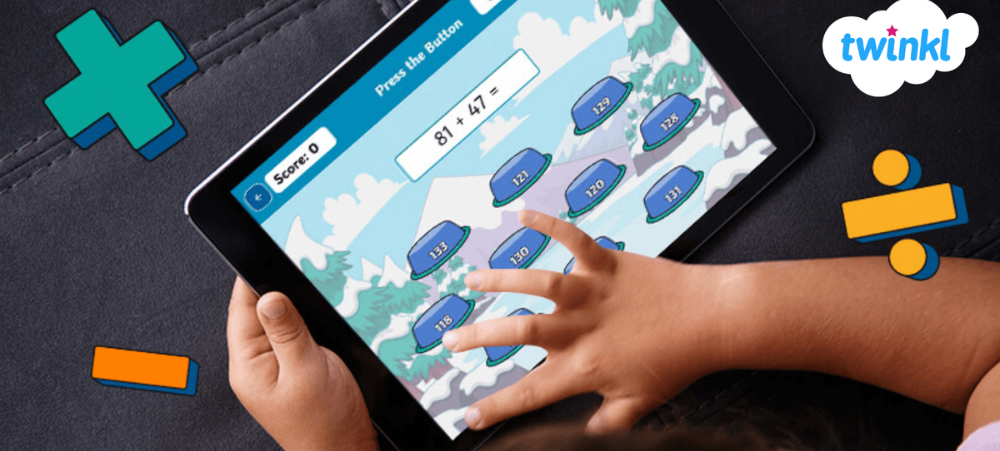In today’s rapidly evolving world, the integration of Science, Technology, Engineering, and Mathematics (STEM) education into the classroom has emerged as a crucial component of modern pedagogy. This article explores the myriad benefits of incorporating STEM disciplines into the educational curriculum, highlighting the transformative impact it has on students’ academic development and future prospects.
Fostering Critical Thinking Skills
STEM education serves as a catalyst for nurturing critical thinking skills essential for navigating the complexities of the 21st century. Through hands-on experimentation and problem-based learning, students are challenged to analyze, evaluate, and synthesize information, fostering a deep understanding of core concepts while honing their analytical prowess. By engaging in STEM activities, students are encouraged to think outside the box, fostering creativity and innovation that are indispensable in an increasingly dynamic world.
Preparing Students for Future Careers
The integration of STEM education in the classroom is not merely about imparting knowledge; it is about preparing students for the demands of the future workforce. In an era defined by technological advancement and digital transformation, proficiency in STEM fields has become a prerequisite for success in a wide range of career paths. By equipping students with STEM skills, educators empower them to pursue diverse opportunities in fields such as engineering, computer science, healthcare, and renewable energy, ensuring they are well-positioned to thrive in the ever-evolving job market.
Encouraging Collaboration and Teamwork
STEM education transcends individual achievement, emphasizing the importance of collaboration and teamwork in problem-solving. Through collaborative projects and group activities, students learn to communicate effectively, leverage collective expertise, and navigate diverse perspectives to achieve common goals. By fostering a collaborative learning environment, STEM education cultivates essential interpersonal skills that are invaluable in both academic and professional settings, laying the foundation for future success.
Addressing Real-World Challenges
One of the most compelling aspects of STEM education is its emphasis on addressing real-world challenges. From environmental sustainability to healthcare innovation, STEM disciplines provide students with the tools and knowledge to tackle pressing societal issues. By engaging in hands-on projects that simulate real-world scenarios, students develop a deeper understanding of the relevance and applicability of STEM concepts, empowering them to become agents of positive change in their communities and beyond.
Enhancing Technological Literacy
In an increasingly digital-centric world, technological literacy has become a prerequisite for active participation in society. STEM education plays a pivotal role in enhancing students’ technological literacy by exposing them to cutting-edge technologies, software applications, and coding languages. By equipping students with essential digital skills, STEM education empowers them to navigate the complexities of the digital landscape with confidence, opening doors to a myriad of opportunities in the digital economy.
Promoting Diversity and Inclusion
In the pursuit of STEM excellence, fostering diversity and inclusion is paramount. STEM education initiatives strive to create an inclusive learning environment that celebrates diversity of thought, background, and experience. By promoting equity and access to STEM education for all students, regardless of gender, race, or socioeconomic status, educators cultivate a diverse pipeline of future STEM professionals who bring unique perspectives and insights to the table, driving innovation and progress in STEM fields.
The integration of STEM education into the classroom heralds a new era of learning characterized by innovation, collaboration, and opportunity. By harnessing the power of Science, Technology, Engineering, and Mathematics, educators empower students to develop critical thinking skills, pursue diverse career paths, and address real-world challenges with confidence and ingenuity. As we chart a course towards a future defined by technological advancement and societal transformation, embracing STEM education is not just a choice—it is a necessity for unlocking the full potential of our students and shaping a brighter tomorrow.
- When to Push My Child and When to Step Back - March 18, 2024
- Benefits of Including STEM into the Classroom - March 5, 2024
- The Role of Parents in the Education of Special Needs Children and Fostering a Collaborative Approach - February 21, 2024





